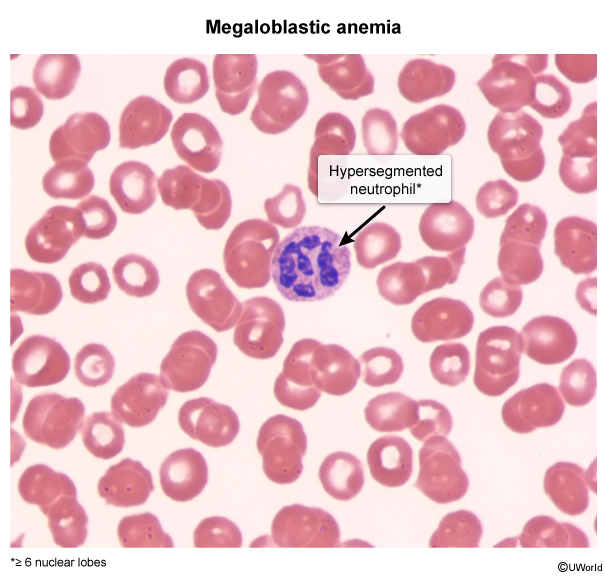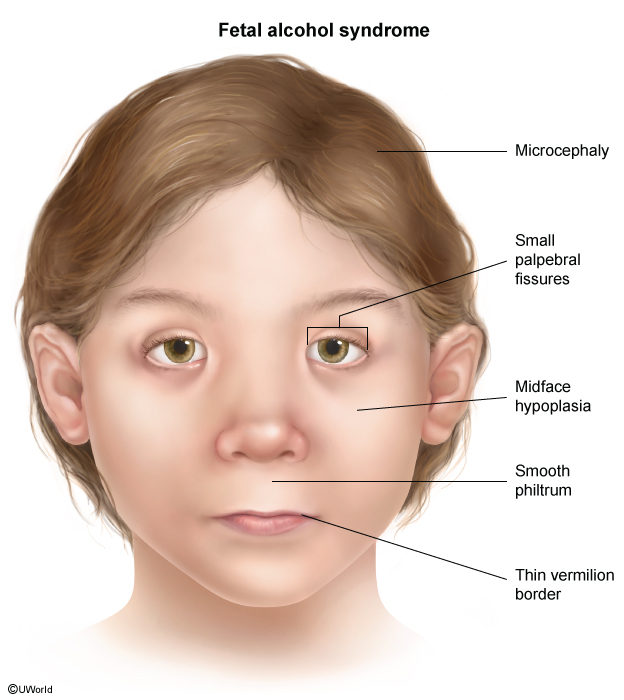Alcohol Use And Its Complications
Article Sections
Introduction
Alcohol (ethanol) use is prevalent worldwide, with effects ranging from acute intoxication to severe, long-term health consequences involving multiple organ systems. Alcohol-related mortality accounts for nearly 3 million deaths annually, representing approximately 5% of all deaths worldwide. Alcohol use disorder, an inability to control alcohol intake despite adverse consequences (including those related to either acute intoxication or alcohol withdrawal), affects a substantial portion of the population across age groups, with adolescents, young adults, and individuals age >60 most vulnerable to developing problematic drinking patterns.
Pathophysiology
Alcohol acts as a CNS depressant by modulating several neurotransmitter systems, leading to both immediate and long-term effects:
- Gamma-aminobutyric acid (GABA): Alcohol potentiates GABA, the primary inhibitory neurotransmitter, resulting in sedative and anxiolytic effects that contribute to intoxication. Chronic alcohol use causes downregulation of GABA receptors, leading to tolerance and dependence. Abrupt cessation results in decreased GABA-mediated inhibitory tone, contributing to withdrawal symptoms.
Continue Learning with UWorld
Get the full Alcohol Use And Its Complications article plus rich visuals, real-world cases, and in-depth insights from medical experts, all available through the UWorld Medical Library.
Images

